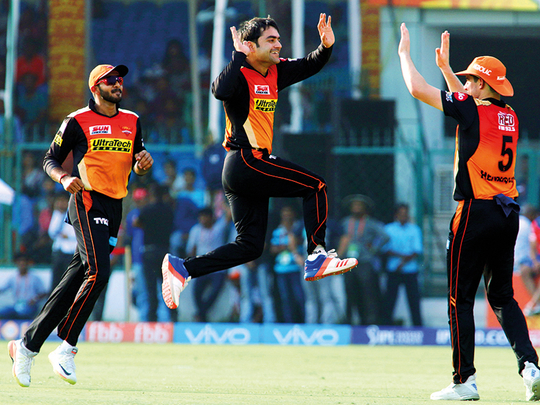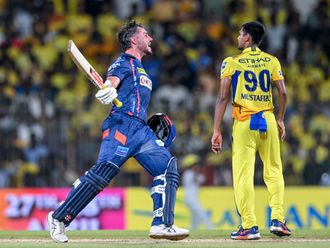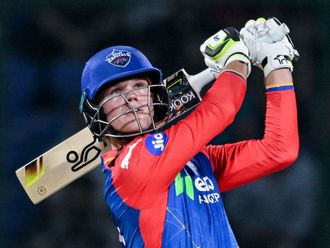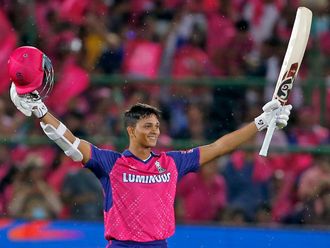
The mood at the Indian cricket board’s portals seems to be upbeat as the Indian Premier League (IPL), its biggest cash cow, is ready to turn the corner for its second decade. And with good reason as the recent months have shown that the league has just got bigger, though not necessarily better.
The watershed moment arrived last September when Star India broke the bank to edge their rivals in a close finish to bag the TV, digital and Indian and global media rights of IPL for a mind-boggling $2.55 billion (Dh9.36 billion) for the next five years. A figure which would make the previous deal with Sony TV — which seemed such a windfall not so long ago — go red with inferiority complex.
The new media deal, coupled with a renewed interest from the corporates to jump to the IPL bandwagon, has assured one thing for certain — the original franchises (what with Chennai Super Kings and Rajasthan Royals staging a comeback this season) who have stuck by the product through thick and thin can breathe easy. They will, according to the IPL chairman Rajeev Shukla’s words, get a bigger share of the profit from now on and will not have to fork out a separate license fee to retain their association.
The growth figures are clearly an indication of how the IPL has confounded the market pundits by braving many a storm (read: economic recession, match-fixing scandals and often logistical nightmare) to grow exponentially to where they are today. The new broadcasters, soon after taking over, had announced that they will use a regional language push and live streaming to reach 700 million people globally in the current season — taking it to the level of world’s top sporting leagues like the English Premier League or NBA.
One can go to any level of figure-crunching to show how the IPL had been good for the business for the Board of Control for Cricket in India (BCCI). According to Duff & Phelps, a brand marketing firm, the league was valued at $5.3 billion last year, underlying Shukla’s admission sometime back that it’s their biggest saleable property at the moment.
All that, as they say, is good for the business. There are, however, concerns on the cricketing front if the novelty of the format and presentation has both worn off over the years with the overkill — and this is where the decision makers ought to pay a greater attention.
The figures may tell you that there had been a spike in viewership last year, but it was not unusual to hear the average fan complaining about the meandering length of the tournament.
There is a definite slackening of the interest levels at the middle stages of the tournament — though it’s a no-brainer that neither the duration of the tournament nor the number of matches can be tinkered with after such a mega TV deal. The IPL, on their part, are coming up with a few changes to overhaul the 11th edition — namely a football-like mid season transfers and introduction of the DRS system.
Is it, however, enough to reinvent the wheel? Off the field, the question of transparency among the franchise owners still haunt us as there has been no real closure to the controversy which eventually led to a suspension of two of the franchises for two years, barring the emergence of a fall guy in S. Sreesanth.
Such uncomfortable questions, like every year, can wait. Let the show begin.










